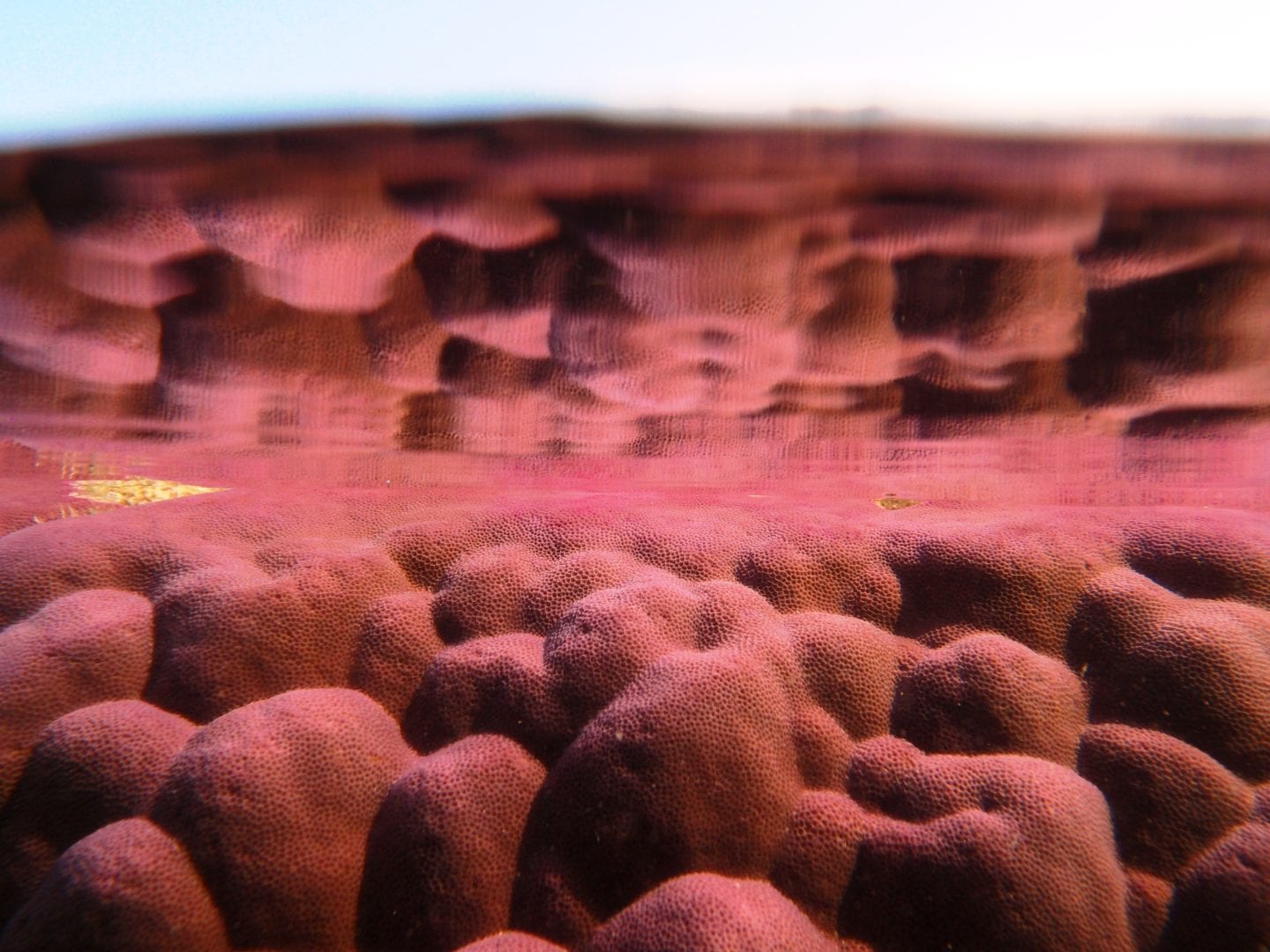An up and coming young scientist who has exposed a biological treasure trove in the Bonaparte Archipelago and discovered several species of coral never before recorded in Australia will join Curtin University to continue her work under a Research Fellowship.
Dr Zoe Richards, who will move from the Western Australian Museum to Curtin’s Department of Environment and Agriculture in July next year, has been working with colleagues from Curtin, the Museum of Tropical Queensland and the University of Western Australia to investigate why little known coral reefs in Australia’s Kimberley region are prospering while other reefs around the world are feeling the heat.
The Kimberley corals in question are in the Bonaparte intertidal zone (the region that is covered at high tide but exposed during low tide) and are surviving in particularly tough conditions, including huge tides, bad water visibility, strong currents and crocodiles. Dr Richards has so far documented more than 225 species – far more than the dozen or so species that might have been expected to survive there.
Dr Richards said that learning how such corals were coping while many elsewhere were dying could shed light on the resilience of different species to climate change. It may also provide options for coral relocation – one of the chief conservation methods considered for restoring damaged reefs.
“This study has opened a massive can of worms,” Dr Richards said.
“It has raised lots of interesting questions, which we really haven’t had the chance to investigate yet because the Kimberley is such a remote area. The Fellowship will go a long way in helping me answer some of these.”
Dr Richards’ work under the four-year Curtin Research Fellowship will also help to verify the level of threat facing corals in WA and affirm WA’s position as a significant repository of national and global diversity assets.
Her project will use a multi-disciplinary approach to estimate coral population sizes – a task that has not previously been attempted.
Dr Richards was the WA winner of Fresh Science, a national program that helps early-career researchers find and share their stories of discovery.
The program, in its 18th year and supported by the Western Australian Museum and all five WA universities, is helping to build a cadre of skilled Australian science communicators.
In 2015 the program ran in every mainland state, with 180 early-career researchers nominating for the six Fresh Science events held this year in Melbourne, Townsville, Brisbane, Perth, Adelaide and Sydney.
The study, A Diverse Assemblage of Reef Corals Thriving in a Dynamic Intertidal Reef Setting (Bonaparte Archipelago, Kimberley, Australia) was conducted under contract to INPEX as part of environmental monitoring for the Ichthys Gas Field Development Project and was published in the journal PLOS One in February.
It complements a larger, on-going investigation into the marine life of the Kimberley that is being conducted by the Western Australian Museum in partnership with Woodside Energy. Further details here.



